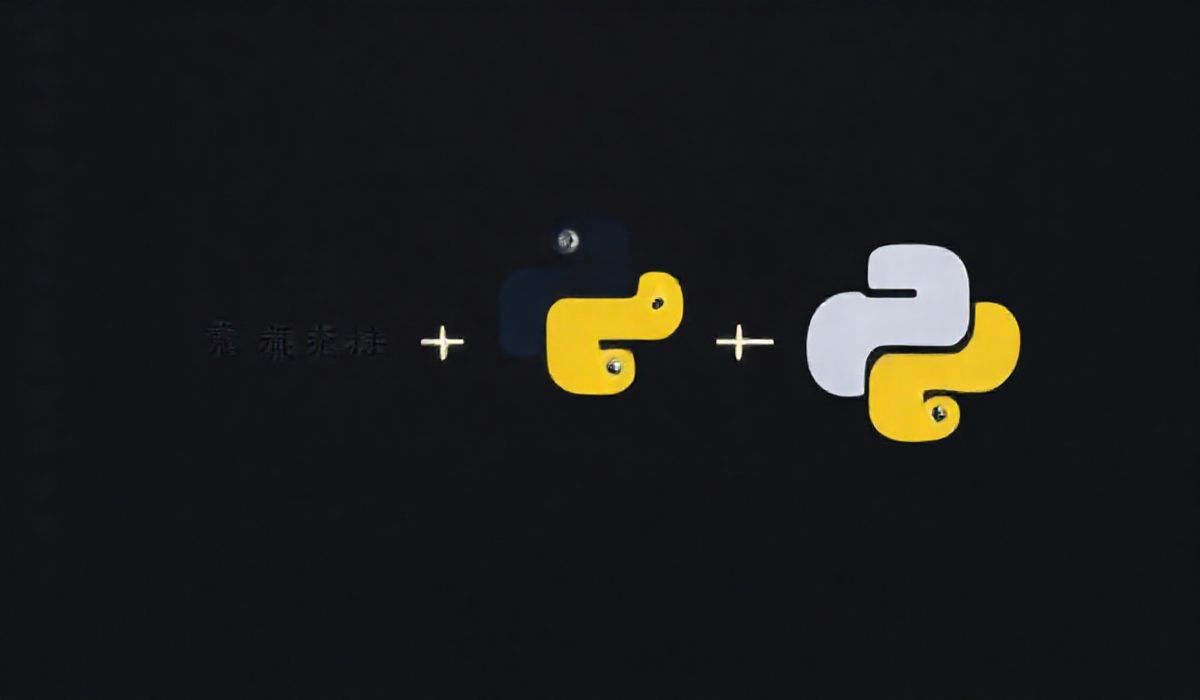Introduction to Reduck
Reduck is a simple yet powerful state management library for JavaScript applications. It helps you manage and centralize your application’s state using predictable and easy-to-understand patterns. In this article, we will explore the fundamentals of Reduck, dive into useful APIs, and demonstrate how to integrate Reduck into your application.
Why Choose Reduck?
- Easy to learn and use
- Provides a predictable state management pattern
- Seamlessly integrates with modern JavaScript frameworks
Key APIs of Reduck
1. createStore
The createStore API is used to create a new store in Reduck. A store holds the application’s state and provides methods to access and update it.
const store = createStore(initialState, reducers);
2. dispatch
The dispatch API is used to send actions to the store. The actions describe changes that need to be made to the state.
store.dispatch({
type: 'ADD_TODO',
payload: { id: 1, text: 'Learn Reduck' }
});
3. getState
The getState API returns the current state of the store. It’s useful for accessing the state at any point in your application.
const currentState = store.getState();
4. subscribe
The subscribe API allows you to listen to state changes. Whenever the state updates, the subscribed function will be called.
store.subscribe(() => {
console.log('State updated:', store.getState());
});
5. combineReducers
The combineReducers API helps you combine multiple reducers into a single reducer function. This makes it easier to manage different slices of the state separately.
const rootReducer = combineReducers({
todos: todosReducer,
user: userReducer
});
Example Application with Reduck
Let’s create a simple to-do application using Reduck.
1. Define Initial State
const initialState = {
todos: []
};
2. Define Reducers
const todosReducer = (state = [], action) => {
switch(action.type) {
case 'ADD_TODO':
return [...state, action.payload];
case 'REMOVE_TODO':
return state.filter(todo => todo.id !== action.payload.id);
default:
return state;
}
};
const rootReducer = combineReducers({
todos: todosReducer
});
3. Create Store
const store = createStore(initialState, rootReducer);
4. Dispatching Actions
store.dispatch({
type: 'ADD_TODO',
payload: { id: 1, text: 'Learn Reduck' }
});
store.dispatch({
type: 'ADD_TODO',
payload: { id: 2, text: 'Build a project' }
});
store.dispatch({
type: 'REMOVE_TODO',
payload: { id: 1 }
});
5. Subscribing to Changes
store.subscribe(() => {
console.log('State updated:', store.getState());
});
Conclusion
Reduck provides a clean and straightforward way to manage your application’s state. By using Reduck, you can build predictable and scalable applications with ease. Start integrating Reduck into your projects today and experience the benefits of efficient state management.
Hash: 97c09be794e11ff8856f5c24d7bad406d949a4cd15626ea9395fc24359776f7f




